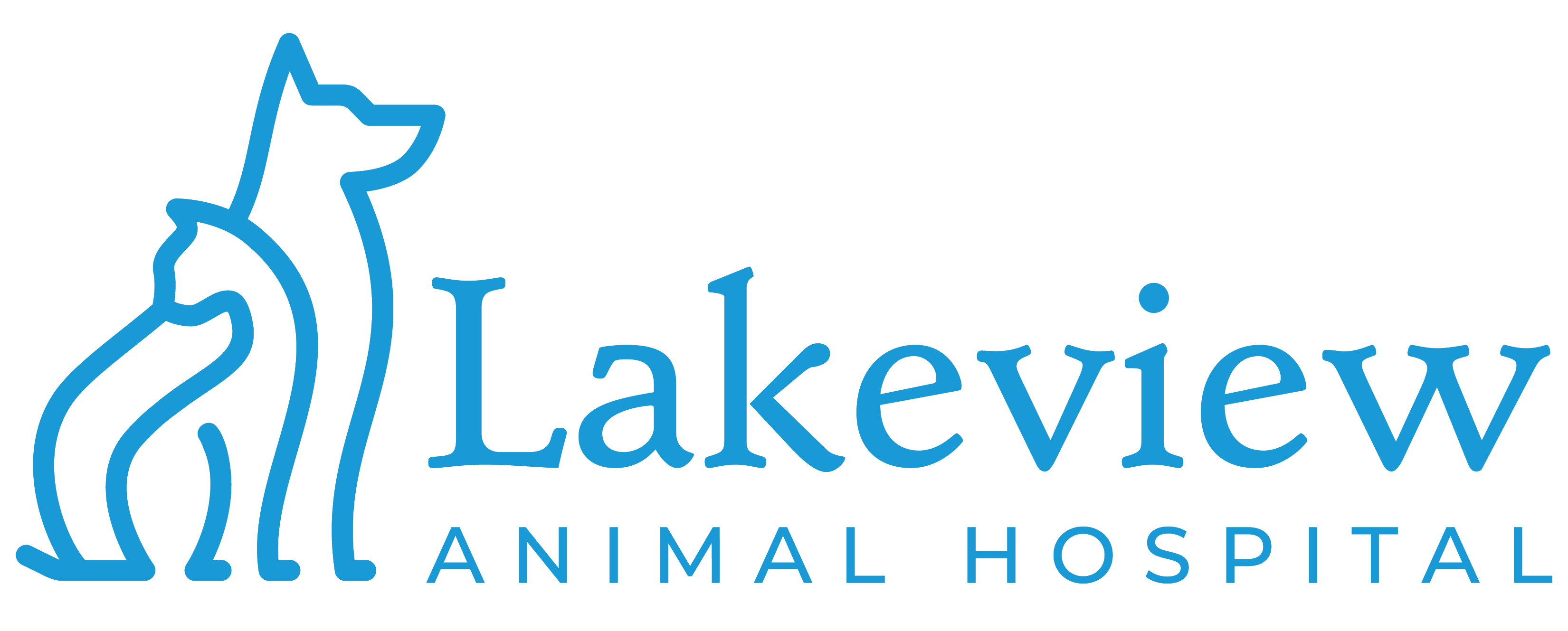Educational Articles
-
Obesity is a common problem in cats. It results from too many calories being eaten and not enough calories being burned. Extra body fat causes increased inflammation in the body, worsening osteoarthritis and joint disease. To prevent your cat from becoming obese, speak to your veterinarian about your cat’s calorie needs and an appropriate food for your cat's life stage. Increasing your cat's daily activity can help prevent or reverse obesity. Be aware of your cat's body condition and keep track of her weight.
-
Oxazepam is given by mouth and is used off label to stimulate appetite and to treat behavior-related disorders. Give as directed by your veterinarian. Common side effects include sleepiness and drooling. Do not use in pets that are allergic to it or other benzodiazepines, nursing pets, or those that have glaucoma. If a negative reaction occurs, please call your veterinary office.
-
Oxytetracycline is an antimicrobial medication used to treat bacterial infections. It is used to treat infections in cats, dogs, and fish. It is used “off label” or “extra label” to treat bacterial infections in exotic animals. Oxytetracycline comes in oral tablet or compounded liquid forms.
-
Oxytetracycline/polymyxin B ophthalmic (brand name Terramycin®) is a combination antimicrobial medication used to treat certain types of bacteria (gram-positive and gram-negative). It is used to treat eye infections in cats and dogs. It is used “off label” or “extra-label” to treat eye infections in avian species, hedgehogs, and rabbits. Oxytetracycline/polymyxin B comes in ointment form.
-
As all cat owners know, cats are NOT small dogs! And when it comes to pain and pain management, this is certainly true. Fortunately for cats and the people who love them, veterinarians have made excellent progress in understanding cat pain and how to manage it.
-
House paint, art paint, varnishes and other decorative or protective solvents come in many varieties, and most are dangerous to dogs and cats. Water-based paints, the most common, include latex, tempera, and poster paints.
-
Palliative care and hospice have become an important part of end-of-life care in human medicine, and they’re becoming more important and common in veterinary medicine.
-
Palliative medicine is care that is delivered as a cat approaches the end of life. The first step in creating a palliative care plan is to discuss with your veterinarian the expected course of the disease and how it will affect your cat's quality of life. Once a cat's daily life activities have been identified, it is important to define family beliefs, family needs as care unfolds, and the goals for the cat as death approaches. An essential part of establishing goals of palliative therapy is understanding the expected course of the life-limiting disease. Knowledge about disease allows for the development of a personalized palliative care plan.
-
Primary pancreatic tumors are rare in dogs and cats. Exocrine tumors include adenomas and adenocarcinomas, and endocrine tumors include insulinomas, gastrinomas, and glucagonomas. Insulinomas are the most common type of pancreatic tumor, followed by adenocarcinomas. Both tumors are more common in dogs than cats. Large breed dogs and Siamese cats may be predisposed. Insulinomas are usually diagnosed with the finding of hypoglycemia with normal to high insulin on bloodwork and concomitant clinical signs. Adenocarcinomas typically go undetected until the clinical signs of metastasis are evident. For both tumors, diagnostic imaging and exploratory surgery with tumor removal (or biopsy) and histopathology are needed for a definitive diagnosis. Insulinomas can be treated with surgery and chemotherapy. Surgery is possible with adenocarcinomas, but as the cancer is more diffuse and has usually metastasized by the time of diagnosis, the prognosis is poorer. Chemotherapy and radiation therapy are ineffective in the treatment of adenocarcinomas. Given the high rate of metastasis with these tumors, staging is recommended prior to surgery.
-
The pancreas is a vital organ that lies on the right side of the abdomen adjacent to the stomach. It produces enzymes to assist in food digestion and hormones such as insulin, which regulates blood sugar or glucose metabolism. When the pancreas becomes inflamed, the condition is called pancreatitis.

